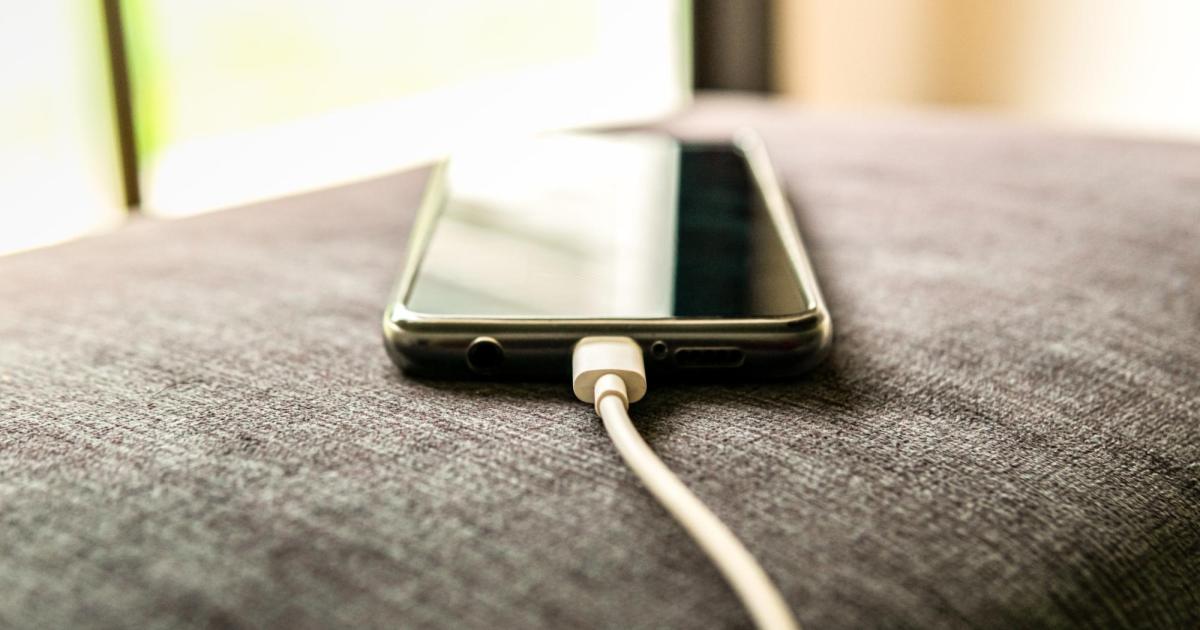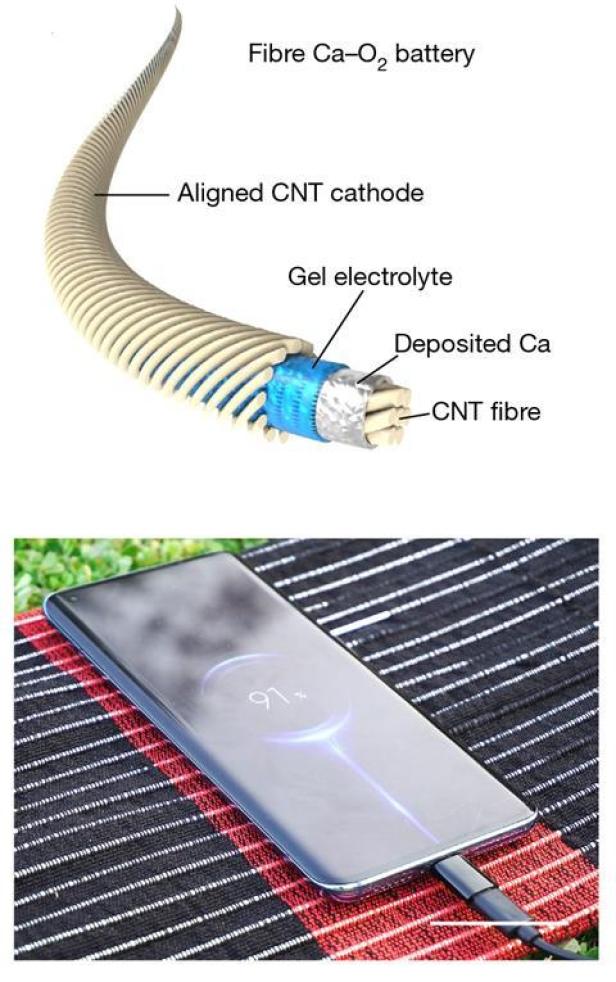The researchers integrated their new battery into the fabric.
© Getty Images/Dmytro Skrybnikov
A team of Chinese scientists developed a rechargeable calcium oxygen battery, which they then integrated into fabric. The prototype of the new battery has already been used 700 times Room temperature I tried charging and discharging it again. mentioned Chemistry world.
The new type of battery is doubly interesting: on the one hand, because it does not require the light metal lithium, and on the other hand, because researchers have used it to develop a fabric that can be used to charge devices. This technology is based on a process in which special electrodes and electrolytic materials are combined.
Calcium as hope for batteries
Calcium It is the second most common mineral on Earth – which makes it round 2500 times more common than lithium. Batteries made from this material could represent cheaper and more energy-dense alternatives to lithium-ion batteries in the future. However, it causes Larger Atomic radius High calcium loading has some problems that still need to be overcome.
➤ Read more: Research on harmful effects in plastic recycling
When developing the new technology, researchers paid attention to the following: Fudan University Shanghai Especially regarding the rechargeability of your battery. Normally, calcium-oxygen batteries are formed at the cathode oxide (calcium oxide) which decomposes slowly at normal operating temperatures.
This prevents calcium ions from being trapped – significantly reducing the battery's ability to recharge. Chinese researchers tried to solve this problem with one A mixture of electrolytes and specially aligned layers of carbon nanotubes. When the battery is charged, the oxide decomposes more easily and the battery can operate longer.
String battery
After Chinese researchers solved the calcium problem, they focused on it Textile development. To do this, they coated the nanotube layers with calcium and then immersed them in an electrolyte gel. They then covered the entire battery assembly with a shell of carbon nanotubes, creating a flexible, thread-like battery.
This is how the battery leads are structured.
© Li Yi et al
These fibers were then woven with regular textile fibres. This led to the production of textiles that could be used to charge a cell phone. The goal of the prototype from China is to show what is possible with such a battery. from U.S Commercial use However, there is still a long way to go. It may be decades before the new technology is ready.

“Tv expert. Hardcore creator. Extreme music fan. Lifelong twitter geek. Certified travel enthusiast. Baconaholic. Pop culture nerd. Reader. Freelance student.”








More Stories
The front square of the harbor is called “Hermann Schmitz Platz”.
Construction of the world's tallest telescope has been completed
Roma and Sinti have to change places